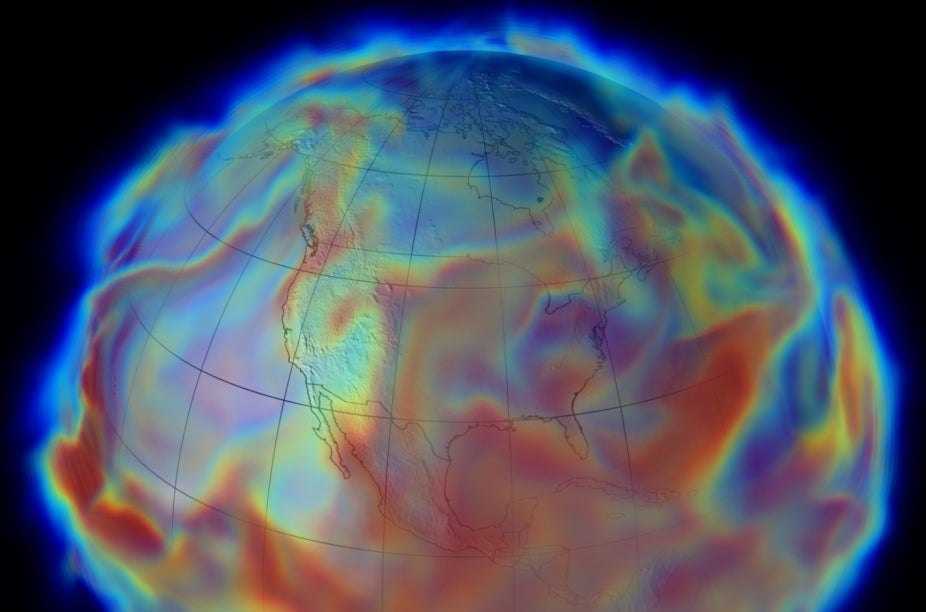University of Nebraska - What can computer models tell us about Earth's future climate?

NASA
6:00 – 7:30 pm MDT
We live in a changing world. In the past 100 years, the Earth’s surface air temperature increased an average of 0.6° Celsius (1.1°F) due to an increase in atmospheric greenhouse gases produced by burning fossil fuels. While this may not seem like very much, a global change of this magnitude has significant local impacts on human health and well-being. As the atmosphere continues to accumulate greenhouse gases from accelerated emissions, scientists seek to understand what changes to Earth’s climate we might expect in the future. In order to make these predictions, scientists produce computer simulations of the Earth system, also referred to as climate models, and incorporate projected changes from human driven emissions. But what exactly does a climate model do? How do they work? Why should we trust them? In this Explorer Series talk, Dr. Ross Dixon discusses the science of modeling the Earth system and helps answer some of these questions. The talk will explore both simple models of climate and complex Earth system models, which require some of the most powerful supercomputers to run, and provide examples of how they are used to understand Earth’s future climate.
This lecture is part of the new NSF NCAR Traveling Climate Exhibit Real People, Real Climate, Real Changes, on display at the Love Library from March 14 - May 13, 2022.
Ross Dixon
Dr. Ross Dixon is an Assistant Professor in the Department of Earth and Atmospheric Sciences at University of Nebraska-Lincoln (UNL). His research is focused on climate modeling, regional climate dynamics, and projections of precipitation. Dr. Dixon joined UNL in 2021 after obtaining a PhD from the University of Wisconsin-Madison in 2017, followed by postdoctoral positions at the Centre National de Recherches Météorologiques in Toulouse, France and at the University of Arizona. He has worked on various projects that focused on features and projections of West African climate and has recently been involved with research on process coupling in climate models and on the dynamics of mesoscale convective systems. To further this research, he regularly designs and runs simulations with a wide range of complexities and applies statistical techniques to model output and observations.